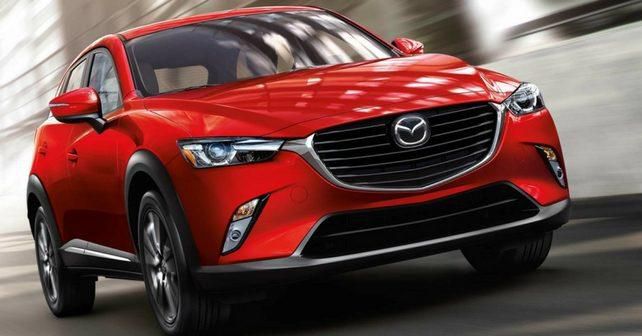
The Skyactiv-X series will replace Mazda’s existing Skyactiv-G series of petrol engines. Through new petrol technology, Mazda aims to reduce its corporate carbon dioxide emissions levels by 30 per cent by 2030.
Japanese carmaker Mazda is working on a new series of petrol engines - dubbed Skyactiv-X. Expected to debut in 2019, what sets this engine technology apart from the rest is the usage of Compression Ignition technology, which until now, has been the standard for diesel engines.
All mainstream petrol engines use the Spark Ignition technology as of now, and Mazda is the only audacious automaker that is striving to replace that with Compression Ignition technology - in order to boost the fuel economy by a claimed 30 per cent.
Through its Skyactiv-X technology, Mazda will mix petrol and air together in the engine’s cylinder like a regular spark ignition engine - but the mixture will ignite using compression at lower load or with a spark at higher loads. The benefit of this, as Mazda claims, is that only about half the volume of petrol will be required for the same level of combustion.
The virtues of Skyactiv-X technology do not end here. According to Mazda, the new technology will not only outclass the company’s own Skyactiv-D diesel engines in terms of efficiency - but will also produce lesser carbon dioxide emissions than an electric drivetrain!
While the all-electric technology is getting a rapid push of late, you may question the need to invest in new petrol technology. However, Mazda does have a pragmatic explanation for this - it believes that the electric technology isn’t yet the most sustainable replacement for traditional powertrains, as (ironically) fossil fuels still power a lot of electricity generation plants worldwide.
Unfortunately, India has never been a part of Mazda's passenger vehicle corporate plan. The company’s commercial vehicle arm was present in India as Swaraj Mazda from 1983-2011, but the firm was renamed as SML Isuzu post Mazda’s departure from the alliance.

















Write your Comment